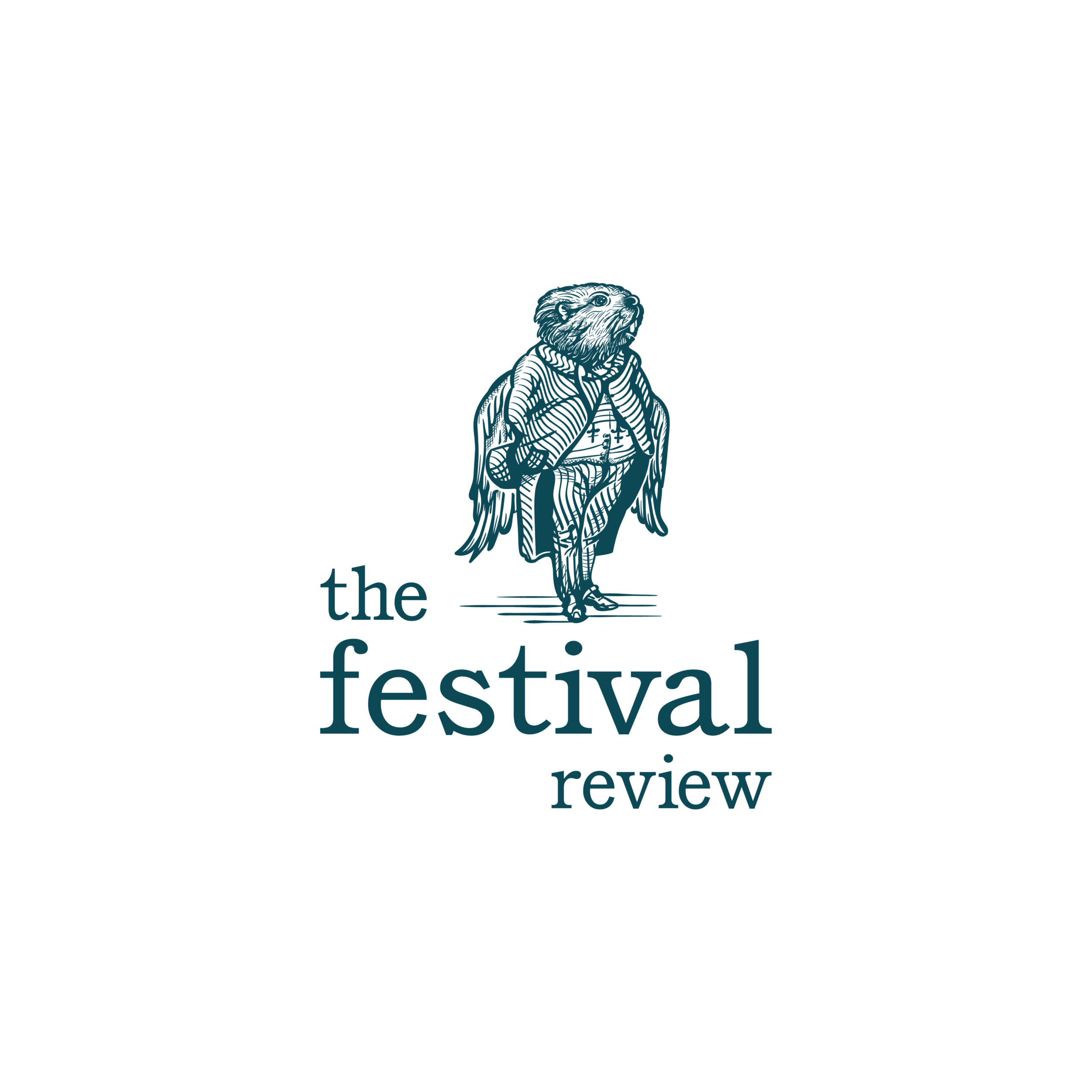What Was Eaten
[Image Credit: Luisa Brimble]
“Novelists have a way of making us believe that luncheon parties are invariably memorable for something very witty that was said, or for something very wise that was done. But they seldom spare a word for what was eaten.” – Virginia Woolf
We ate small plates of Israeli street food — labneh with fried cauliflower and za’atar; eggplant with sundried tomatoes, pine nuts and feta; braised greens with garlic, turmeric and lemon — and drank the “shalom spritz,” cappelletti vino aperitivo with tangerine juice, orange bitters and bubbles, at Shalom Y’all on my first day in Portland. My friend Eva added wisdom and witticisms, nursing me through a dark patch, for which the prescribed treatment was walk, talk, eat, repeat.
“Soles … [with] a counterpane of the whitest cream…branded here and there with brown spots like the spots on the flanks of a doe.…Partridges, many and various…with all their retinue of sauces and salads…sprouts, foliated as rosebuds but more succulent.…A confection which rose all sugar from the waves.” In A Room of One’s Own, Virginia Woolf compares lunch at the Oxbridge men’s college with what was eaten at the women’s college: “a plain gravy soup.…Beef with its attendant greens and potatoes—a homely trinity, suggesting the rumps of cattle in a muddy market.…prunes and custard.…biscuits and cheese.”
Peanut butter and jelly sandwich, apple, potato chips and a Hostess cupcake made up my school lunch on good days, always in brown paper bags — no Minnie Mouse or Wonder Woman lunch box for me. Cheese was fine, bologna okay, but braunschweiger, inedible and untradeable, went into the trash. “Peanut butter again,” Charlie Brown sighed, but his sandwich wasn’t the reason he dreaded lunch hour: “I always have to eat alone because nobody likes me.” I knew that anxiety too, being on the fringe, wondering if I would be welcomed or excluded.
Beefeater’s on the rocks with a lemon twist were accompanied by crab sandwiches, rare burgers, Welsh rarebit. I drank my first martini at La Jolla’s prestigious La Valencia Hotel with the high-rolling stockbrokers I worked for as a lowly clerk. The three-martini lunch was de rigueur when I entered the working world. Jimmy Carter castigated this tax write-off during his 1976 presidential campaign, claiming that “the working class was subsidizing the $50 martini lunch.” Gerald Ford, safely out of office, declared the three-martini lunch “the epitome of American efficiency. Where else can you get an earful, a bellyful and a snootful at the same time?”
Half-and-half lasagna — one side with rich, meaty Bolognese sauce, the other with spinach and a silky béchamel — was what most of us ate. Some added a salad, a glass of wine. These Monday power lunches at Stefano’s were an extravagance, but I felt privileged when invited to join the elite cadre of managers. At the end of the two-hour repast, our acknowledged leader would pick up the check, extract a calculator from her bag, add a 15% tip, and divide the total by the number present. Even if you had only a cup of soup, you paid your share. One colleague refused to participate. “I don’t eat a big lunch, and I won’t pay for theirs,” she told me. I considered it an investment in my career and often the best meal of the week.
Lobster and strawberries were eaten with a bottle each of red burgundy for what early twentieth-century avant-garde English poet Edith Sitwell called the red lunch. She insisted on it when lunching at the Ritz, had her cook serve it when she entertained.
Spicy tuna handrolls with toasted sesame seeds; the 49er Roll — avocado and cucumber topped with salmon sashimi and thin lemon slices — the yellowtail roll with scallions and shiso. On arrival in San Francisco we’d drop our bags at the hotel and head to Akiko’s for lunch. A cut above our neighborhood sushi bars in San Diego (and twice the price), it was voted one of the top sushi places in the country. Now it’s closed, and we forego designer sushi, start our Bay Area weekends at Yee’s in Chinatown, where we have potstickers with hot and sour soup.
Felino salami and Castellamare olives were eaten; salads of tuna and beans and of crumbled bread with onions, tomatoes, anchovies and basil; dumplings of mozzarella, egg, and potatoes; courgette flowers fried in butter; braciola with provolone, prosciutto, raisins, and eggs; lamb alla pizzaiola; coniglio all’ischitana; ossobuco; langoustine; saffron rice. The table at Capri’s Marina Grande was laden with a bounteous feast when English writer and bon vivant Norman Douglas hosted lunch for several friends in 1951, depicted in Lunch with Elizabeth David, a novel by Roger Williams. A connoisseur of fine food and wine, Douglas met young Elizabeth David in Antibes in 1940 and became her mentor; she paid tribute to him in A Book of Mediterranean Food. Eighty-three and in failing health at the time of the lunch, Douglas said: “Books still keep me afloat, but a good lunch is a greater levitator and far more enduring.”
Striped bass with rum-tamarind vinaigrette for my appetizer, seared salmon with black truffle for the main course. I pull up the prix fixe lunch menu at Manhattan’s Michelin-starred Le Bernardin and spend an hour concocting my fantasy lunch, imagining what would be eaten. Back to earth, I proceed to the kitchen to make a salad with tuna and gruyere, pita chips and hummus.
Alice Lowe writes about life, literature, food and family in San Diego, California, and at www.aliceloweblogs.wordpress.com with citations in the Best American Essays and recent work appearing or forthcoming in Hobart, JMWW, South 85 Journal, Electica, and Gold Man Review.

![[Image Credit: Luisa Brimble]](https://images.squarespace-cdn.com/content/v1/5bf9cd54697a98225c333ceb/1623813391137-S00FCK7WF2OL7WK9WE84/What+was+Eaten.jpg)